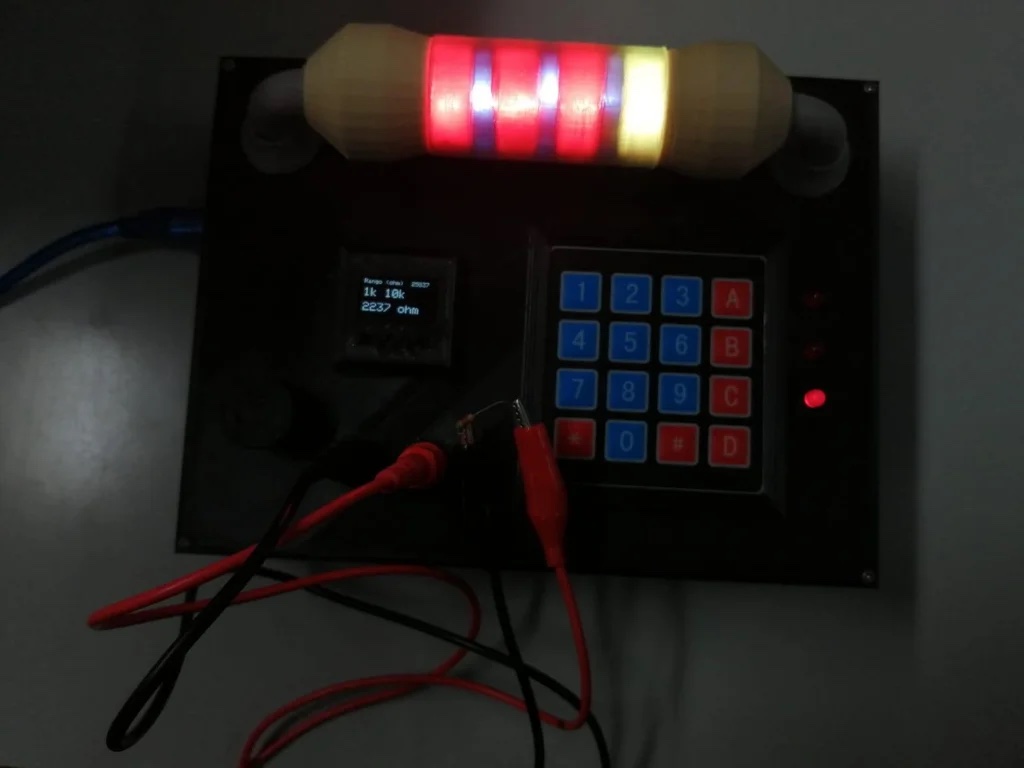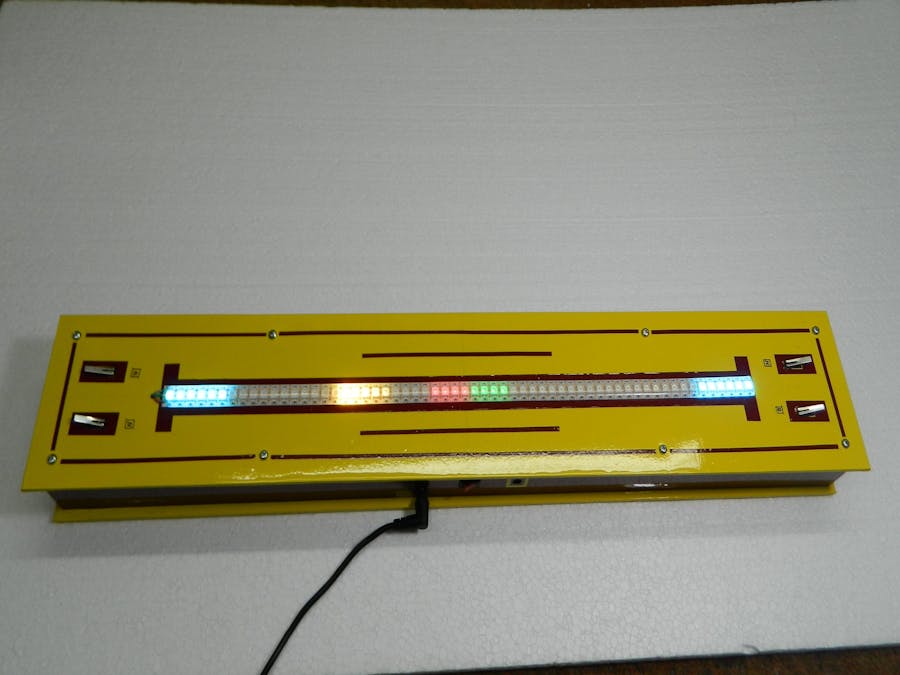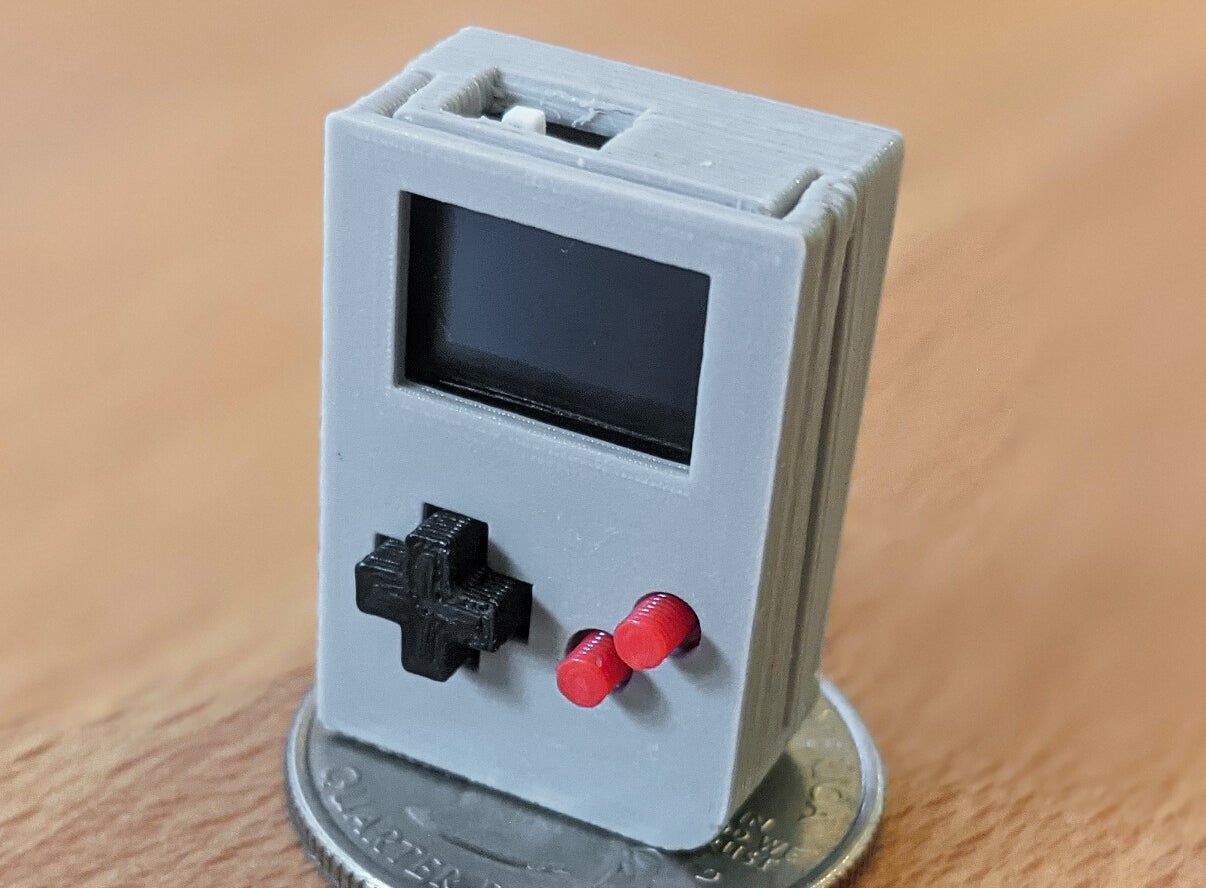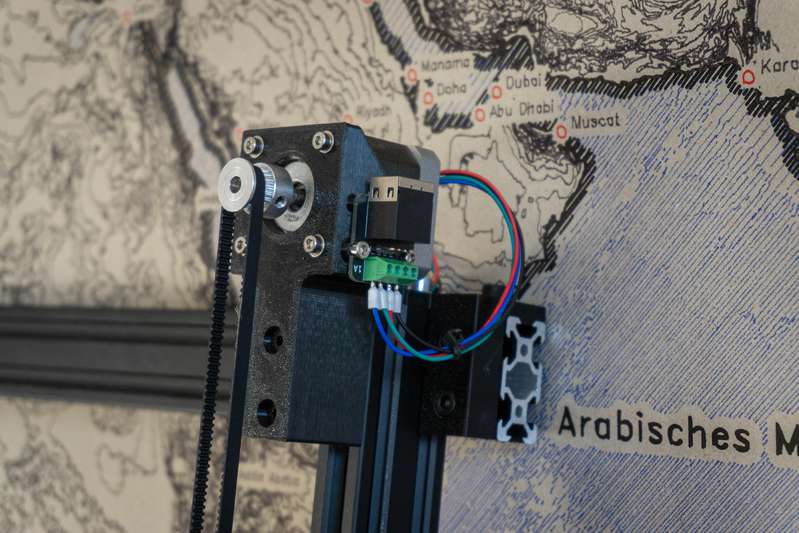In this tutorial, you’ll learn about using Arduino ir remote. First, you’ll see how to connect the 1838 ir receiver with Arduino Uno and how to Find the Code for each Remote Control Button. Second, you’ll see how to use ir remote to control any device connect with Arduino LEDs, DC Motor, or any more.
Arduino
Arduino Color Sensors – TCS230 & ISL29125
Today we will be working with two different color sensors.
I’ll show you how they work, how to hook them up, how to calibrate them, and how to extract RGB values from them.
The TCS230 (also known as the TCS3200) is a popular and inexpensive color sensor that operates on a wide voltage range. It outputs a square wave whose frequency reflects the color intensity.
The Sparkfun ISL29125 is a more capable sensor that provides a 16-bit digital output using the I2C bus. It also has a programmable interrupt feature that you can set to trigger in response to a specific color.
The Ohmmeter 2.0 displays resistor band colors
Bands on through-hole resistors conveniently indicate their value at a glance. On the other hand, you have to actually know the code to interpret this meaning. Alternatively, you could use the Ohmmeter 2.0 — developed by Miguel Alejandro Ramírez Anaya and José Miguel Galeas Merchán from the University of Málaga in Spain.

DIY Arduino 1D Pong Game with WS2812 LED Strip
In this project it is presented 1-dimensional version of the classic game ‘Pong’ made with NeoPixel LED strip. The game is for 2 players, in which the ‘ball’ the travels down the length of the LED strip, and will bounce back if the button is pressed when few end LEDs are illuminated.

Akira Kaneda’s Bike – Arduino & 3D printing
– 3D프린터와 아두이노를 이용해서 제작한 아키라 바이크 입니다.
– RC BIKE V1을 기반으로 디자인을 변경한 버전 입니다.
BLE MotorShield http://www.3demp.com/product/productD…
RC BIKE STL & Arduino code http://www.3demp.com/community/boardD…
Controller App : android : https://play.google.com/store/apps/de…
ios : https://apps.apple.com/kr/app/3demp/i…
ESP32 Dual Core on Arduino IDE including Data Passing and Task Synchronization
The new ESP32 has three cores. Two of them are very fast; the third is ultra-low power.
The Arduino IDE typically only uses one of the fast cores. Today:
– We will take full advantage of the second core of the ESP32
– We will test if it really increases the capacity of our microprocessor
– We will also compare its dual-core speed with the speed of an Arduino UNO
– We will try to synchronize tasks, even if they run on two different cores
– We will also try to use the same data on both cores
– These two mechanisms are mandatory if you want to use the two cores in a productive fashion
– And we will not leave the Arduino IDE. Promised
You’ll Need a Microscope to Play This Inch-Tall Game Boy Clone
When the original Game Boy arrived, so did hundreds of accessories designed to improve its gameplay experience, including oversized lenses to help magnify its small screen. For the Arduboy Nano, however, you’ll have a better chance at getting the next high score if you stick it under a microscope.
Way back in 2014, Kevin Bates floored us with a credit card-thin electronic business card that put a fully playable game of Tetris in your wallet. That creation eventually went on to become an officially licensed handheld system and inspired the creation of Bates’ Arduboy: an open-source Arduino-based Game Boy clone with a loyal following of developers who’ve created hundreds of free games for it.

Creating a MIDI Pass-Through Recorder
If you’ve ever used audio software on the computer, you probably know that MIDI exists: a signalling protocol that allows controllers to control virtual instruments like synths. It’s also the protocol used by real audio hardware to talk to each, and you can think of it as the language in which, rathar than communicating a fluctuating voltage signal or series of discrete sample values, devices talk about what is being done on them (“A4 got pressed”, “F4 got released”, “the mod wheel moved down”, etc).

This pen plotter draws detailed maps the size of walls
Christopher Getschmann wanted a wall-sized map of the world. He soon realized, however, that it’s tough to actually buy such a map that’s both beautiful and detailed enough to satisfy his cartographic tastes. While many would simply move on to the next “thing,” Getschmann instead took things into his own hands, and built a pen plotter specifically to draw a massive 2×3 meter map for his wall.

Turn your staircase into a flaircase with this LED system
If you live in a house with stairs and have to traipse up and down at night, it’s best to have some sort of light that guides you. Although a cell phone can work just fine, or you could likely activate bright overhead lighting, creator MagicManu devised an automatic and progressive solution to illuminate his path instead.
MagicManu’s system knows when someone is there using PIR sensors arranged at both ends, and only activates if it’s dark enough thanks to a photoresistor. The entire setup is controlled by an Arduino Nano, while two potentiometers adjust light sensitivity and duration of ignition.

